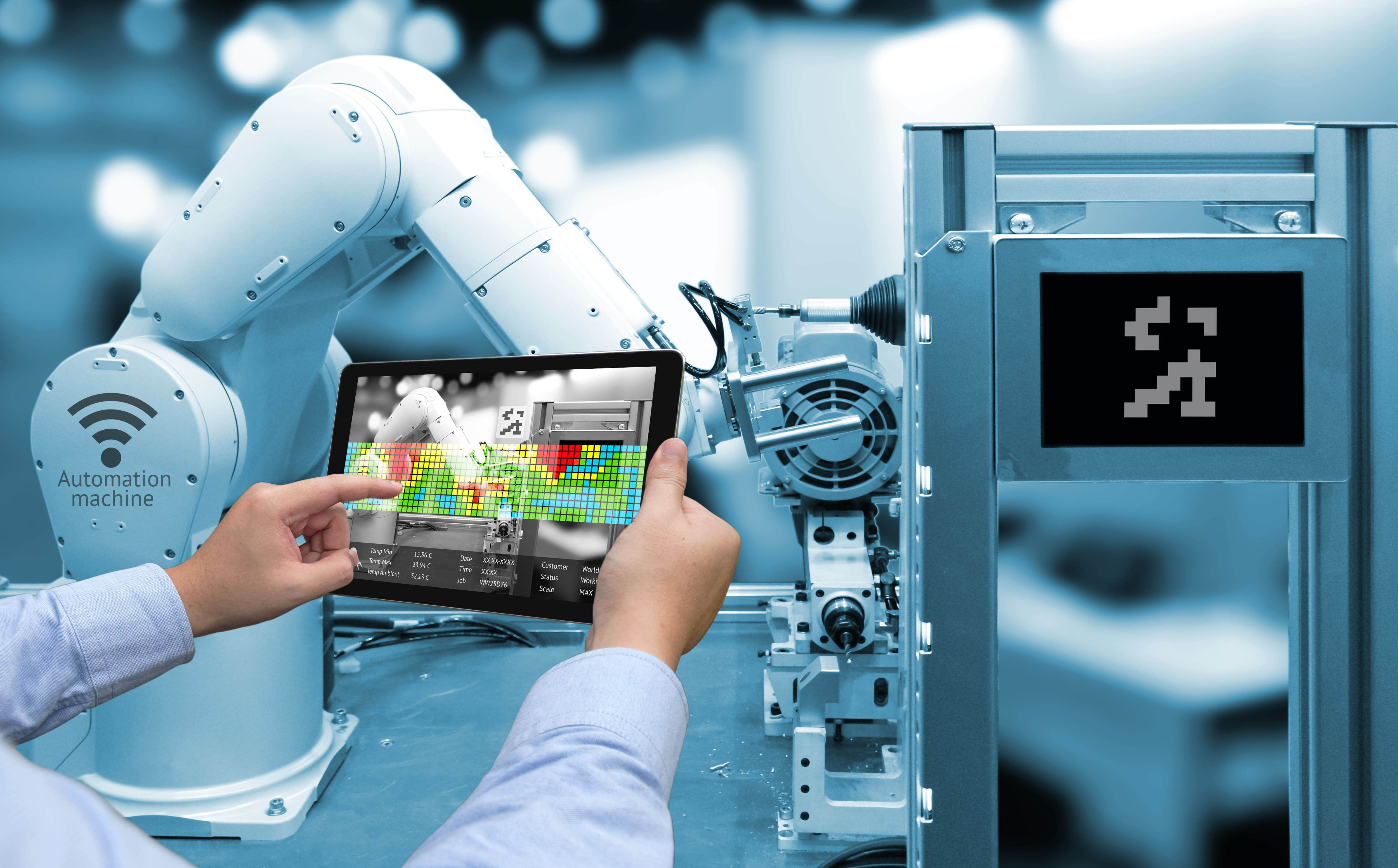In the realm of digital innovation, augmented reality (AR) stands out as a dynamic and rapidly evolving technology. As AR continues to reshape industries, from gaming to education, the demand for robust software tools and frameworks to develop AR applications is more prominent than ever. This article provides an overview of the key software tools and frameworks that are shaping the future of WebAR and AR app development, ensuring creators can bring their augmented reality visions to life with efficiency and impact.
Navigating WebAR Development Tools
WebAR refers to augmented reality experiences that are accessible via web browsers, eliminating the need for users to download separate applications. This accessibility has spurred the development of various tools designed to streamline WebAR projects.
AR.js: AR.js stands out for its compatibility and ease of use, allowing developers to create AR experiences directly in HTML. This open-source library supports both marker-based and location-based AR, making it versatile for a wide range of applications.
A-Frame: Developed by Mozilla, A-Frame is a web framework for building virtual and augmented reality experiences. It uses an entity-component system, making it approachable for beginners while still powerful for experienced developers. A-Frame is compatible with various AR libraries, including AR.js, enabling creators to develop immersive WebAR experiences seamlessly.
8th Wall: 8th Wall is a platform that allows for the creation of AR content that works across all types of smartphones, without the need for an app. Its tools support image recognition, world tracking, and face effects, offering a comprehensive solution for WebAR development.
Frameworks for Native AR App Development
For those looking to develop native AR apps, several frameworks offer advanced features and capabilities to harness the full potential of mobile hardware.
ARKit: Apple's ARKit framework provides a powerful suite of tools for iOS developers to create high-quality AR experiences. It supports features such as motion tracking, environmental understanding, and light estimation, enabling the creation of highly interactive and realistic AR apps.
ARCore: Google's counterpart to ARKit, ARCore, offers similar functionalities for Android devices. It allows developers to integrate virtual content with the real world through motion tracking, environmental understanding, and light estimation.
Unity with Vuforia: Unity is a widely used game development engine that, when combined with the Vuforia AR platform, becomes a potent tool for AR app development. This combination allows developers to create AR experiences with advanced features like 3D object recognition, ground plane detection, and extended tracking.
Conclusion: Empowering Your AR Development Journey
The landscape of augmented reality development is rich with software tools and frameworks designed to cater to a range of needs, from simple WebAR experiences to complex native AR applications. Whether you're a novice looking to dip your toes into AR development or a seasoned developer aiming to create cutting-edge experiences, the right tools are at your disposal. By selecting the appropriate framework or tool that aligns with your project's goals and target platform, you can unlock the full potential of augmented reality, creating immersive, interactive, and impactful AR experiences that captivate users worldwide.




